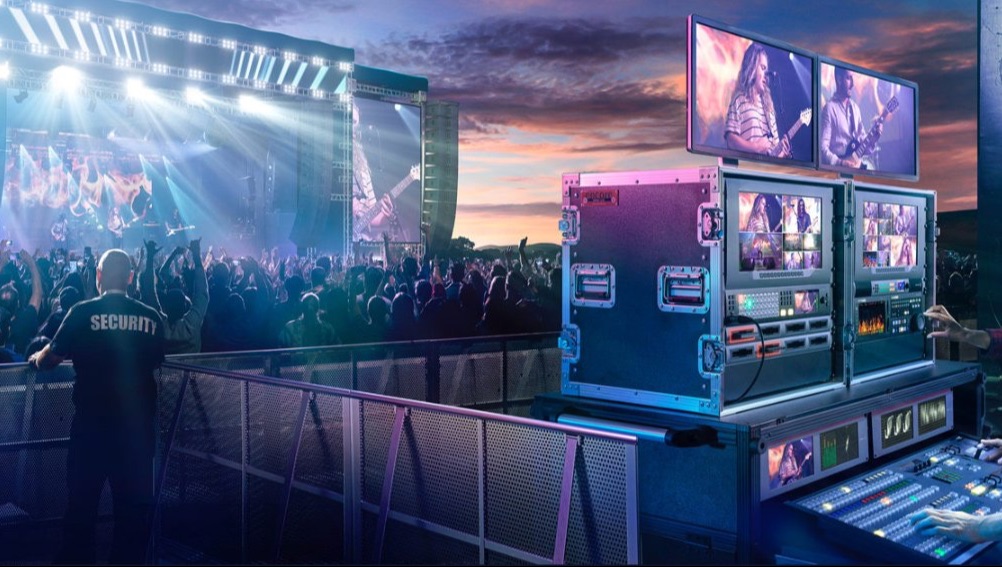Illuminating the Influence of Illumination Techniques on the Craft of Film Projection Mapping Techniques
Illuminating the Influence of Illumination Techniques on the Craft of Film Projection Mapping Techniques
Blog Article
Video mapping projection is an innovative creative medium that merges technology and innovation to transform ordinary spaces into remarkable visual exhibits. This technique involves casting graphics and footage onto three-dimensional objects, such as buildings, artworks, or platforms. One of the most significant elements in creating effective projection is the use of efficient illumination techniques. Proper illumination enhances the aesthetic elements of the projection and guarantees that the images are crisp and engaging. This piece examines the impact of illumination techniques on video projection and how they can elevate the complete encounter.
Illumination plays a vital role in video projection because it establishes the mood and tone of the display. Different lighting methods can evoke various feelings and reactions from the viewers. For example, using soft, warm lights can create a inviting atmosphere, while vivid, cool lights may create a more dynamic or dramatic impact. By thoughtfully choosing illumination colors and intensities, creators can influence how audience interpret the displayed visuals, leading to a more immersive encounter. The balance between projection brightness and surrounding illumination is essential, as it can significantly affect the visibility and impact of the visuals.
In addition to, color and brightness, the direction of light also affects the effectiveness of mapping. Illumination from different angles can generate shadows and highlights that introduce dimension to the mapped images. This technique, known as light and shadow, can improve the 3D quality of the subjects being projected. Furthermore, using dynamic illumination can introduce energy to the exhibit, making the experience more involving for the viewers. When the illumination collides with the mapped visuals, it can create an illusion of motion and change, grabbing the audience's focus.
Another essential aspect of illumination in mapping is the use of unique features. Methods such as gobo lighting, which employs shapes and forms to project light, can add texture and complexity to the projections. This approach allows artists to layer images and create visually stunning results that complement the projection. Moreover, adding laser lights or light-emitting diode see illumination can additionally improve the exhibit, providing a distinct mix of visual components that attract the audience in. These special effects, when used thoughtfully, can elevate the mapping into a basic display to an engaging piece of art.
In conclusion, the impact of lighting techniques on motion projection is significant. By comprehending how different illumination components click this site connect with projected images, artists can produce enthralling encounters that connect with viewers. The careful choosing of color, intensity, direction, and special effects allows for a vivid canvas of visual storytelling. As technology continues to grow, the options for artistic showcasing in projection will only grow, making lighting an ever-important component in this innovative art form.